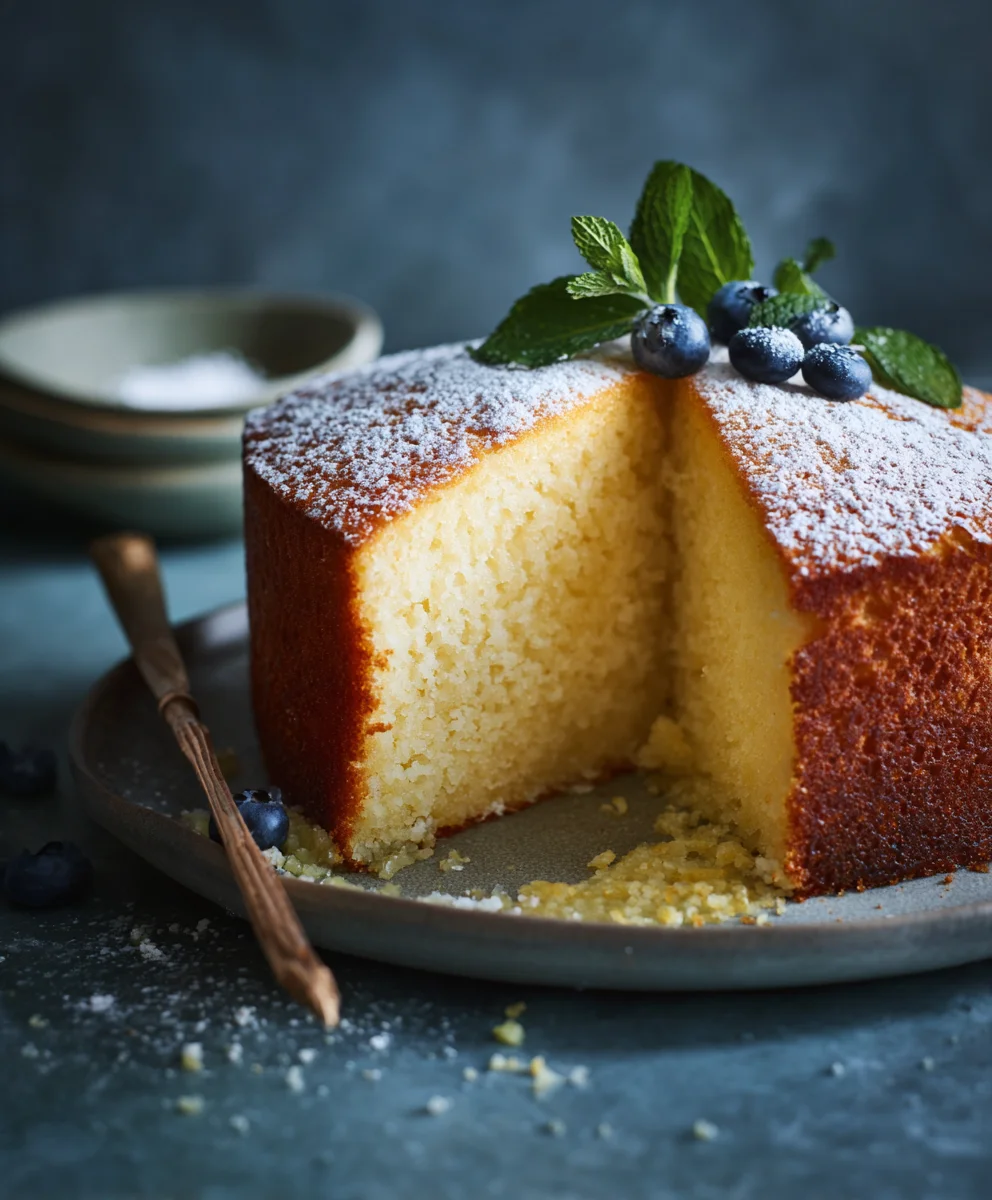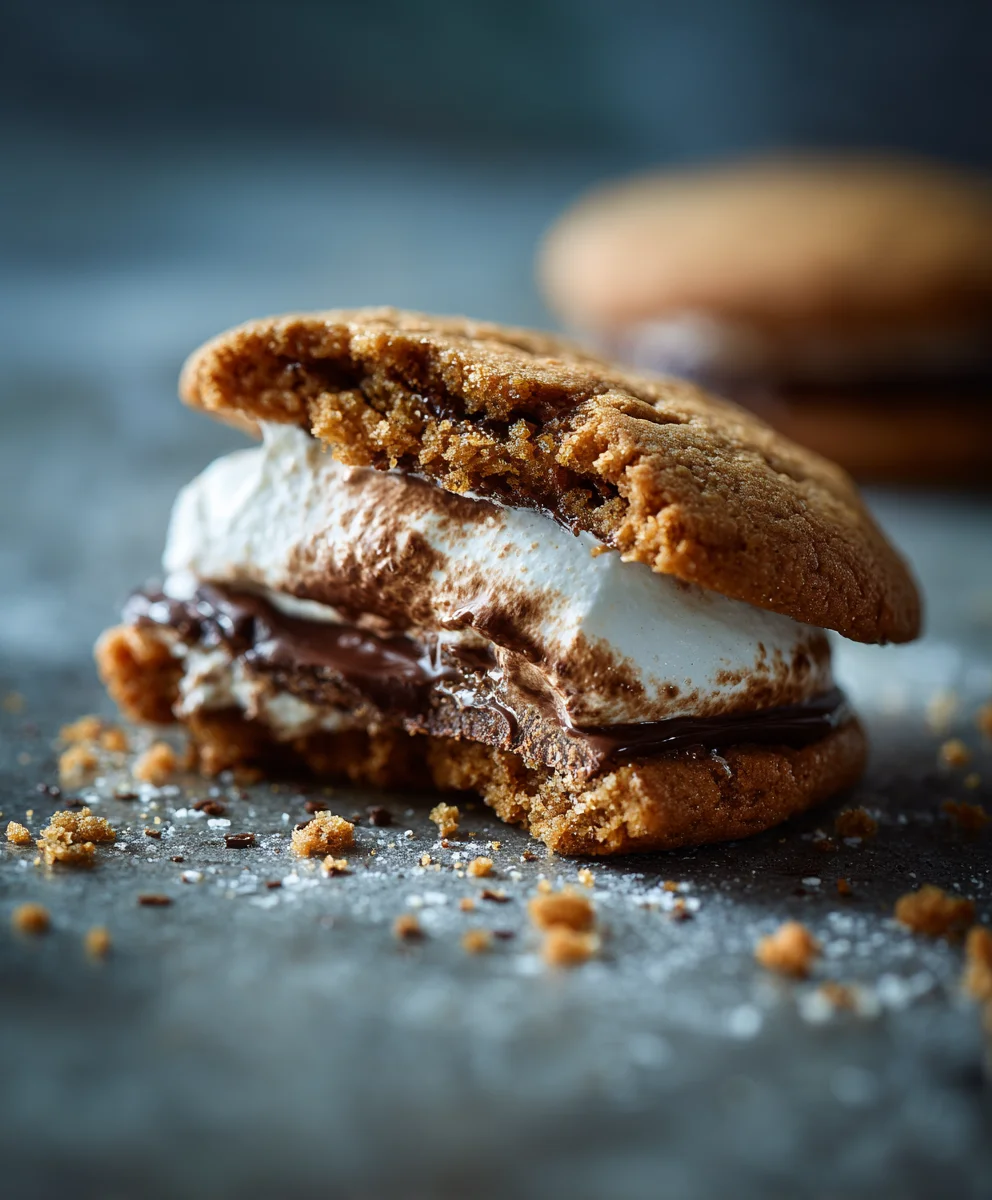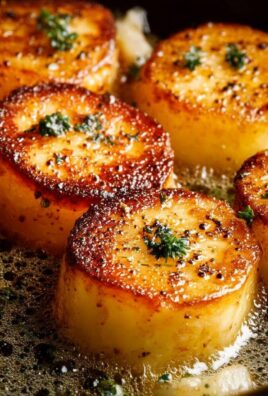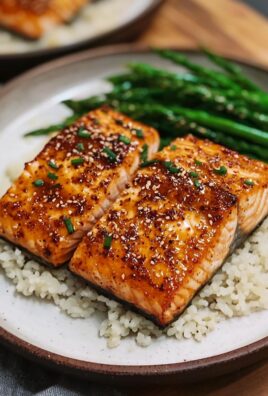Authors, throughout the ages, have often sought sustenance not just for the body, but for the soul, finding profound inspiration in moments of quiet reflection and comforting meals. I firmly believe that a truly remarkable dish can be as rich and layered as any classic novel, providing a narrative of flavor that unfolds with every bite. This belief is perfectly embodied in my recipe for ‘The Literary Lamb Stew,’ a hearty and aromatic creation designed to nourish both mind and spirit.
A Dish with a Story to Tell
This isn’t merely a stew; it’s a culinary journey rooted in tradition, much like the timeless tales penned by revered authors. Historically, slow-cooked, robust stews were the staple of thinkers and laborers alike, offering warmth and sustained energy during long hours of work or contemplation. My version pays homage to this heritage, conjuring images of cozy studies and crackling fires, where great ideas are born and complex characters come to life. People adore ‘The Literary Lamb Stew’ for its incredibly tender lamb, slow-braised until it melts in your mouth, and its deeply aromatic broth infused with herbs and root vegetables. It offers a comforting texture and an unforgettable taste that wraps around you like a warm blanket, making it the perfect companion for a quiet evening or a lively gathering. Prepare to fall in love with a dish that tells its own delicious story.
Ingredients:
- For the Creamy Chicken and Leek Filling:
- 2 tablespoons olive oil, divided
- 1 ½ pounds boneless, skinless chicken thighs, cut into 1-inch pieces (I find thighs offer more flavor and tenderness, but breasts work if you prefer)
- 1 large leek, white and light green parts only, thoroughly rinsed and thinly sliced (about 1 ½ cups)
- 2 carrots, peeled and diced (about 1 cup)
- 1 celery stalk, diced (about ½ cup)
- 8 ounces cremini mushrooms, quartered (or sliced if large)
- 2 cloves garlic, minced
- ½ cup dry white wine (like Sauvignon Blanc or Pinot Grigio), optional but highly recommended for depth of flavor
- ½ cup unsalted butter
- ½ cup all-purpose flour
- 2 cups chicken broth, low sodium
- 1 cup whole milk (or half-and-half for an even richer sauce)
- ½ cup heavy cream
- 1 teaspoon fresh thyme leaves, finely chopped (or ½ teaspoon dried thyme)
- ¼ cup fresh parsley, chopped
- 1 teaspoon Dijon mustard (a secret ingredient for a subtle tang!)
- Salt and freshly ground black pepper to taste
- For the Topping and Assembly:
- 1 sheet (14 ounces) frozen puff pastry, thawed according to package directions (I always keep a box of this in my freezer, it’s a lifesaver!)
- 1 large egg, whisked with 1 tablespoon water (for an egg wash)
- A sprinkle of flaky sea salt or black sesame seeds for garnish (optional)
- Individual ramekins or an 8×8 inch baking dish (or similar size pie dish)
Preparing the Chicken and Vegetables:
This is where we build the foundation of our incredible pot pie, layering flavors that will truly sing when combined. Think of yourself as the author of this culinary masterpiece, each ingredient a carefully chosen word.
- First things first, let’s get that chicken beautifully browned. Pat your chicken thigh pieces very dry with paper towels. This is a crucial step for achieving a lovely sear, which means more flavor for our filling. Season them generously with salt and freshly ground black pepper.
- Heat 1 tablespoon of olive oil in a large, heavy-bottomed pot or Dutch oven over medium-high heat. Once the oil is shimmering, add about half of the chicken pieces in a single layer, ensuring not to overcrowd the pot. If you add too much chicken, the temperature will drop, and it will steam rather than sear. We’re looking for a gorgeous golden-brown crust here, so give it about 3-4 minutes per side. Once beautifully browned, remove the chicken to a plate and set aside. Repeat with the remaining chicken, adding another half tablespoon of olive oil if needed. Don’t worry if the chicken isn’t cooked all the way through at this point; it will finish cooking in the sauce later.
- With all the chicken removed, reduce the heat to medium. Add the remaining ½ tablespoon of olive oil to the pot. It’s now time for our aromatics! Add the sliced leeks, diced carrots, and diced celery. Sauté these delightful vegetables, stirring occasionally, until they begin to soften and become fragrant, which usually takes about 6-8 minutes. The leeks should be tender and translucent, and you’ll start to smell that sweet, earthy aroma filling your kitchen – one of my favorite parts of cooking!
- Next, toss in the quartered mushrooms. Continue to cook for another 5-7 minutes, stirring occasionally, until the mushrooms have released their moisture and started to turn a beautiful golden color. They’ll shrink quite a bit, so don’t be alarmed!
- Add the minced garlic to the pot. Sauté for just 1 minute more, until fragrant. Be careful not to burn the garlic, as it can turn bitter very quickly. We want that sweet, pungent aroma, not a harsh one.
- Now for a burst of flavor! If you’re using white wine, pour it into the pot. This is often called “deglazing” – use a wooden spoon to scrape up any browned bits (fond) from the bottom of the pot. These bits are pure flavor gold, so make sure to get them all! Let the wine simmer and reduce for 2-3 minutes, until most of the liquid has evaporated. If you’re skipping the wine, just proceed to the next step.
Crafting the Creamy Sauce:
This creamy sauce is the heart of our pot pie, binding all those delicious ingredients together. Achieving a smooth, rich consistency is key, and it’s a technique that truly makes you feel like a confident author in the kitchen.
- In the same pot (don’t clean it, all that flavor is essential!), push the cooked vegetables to one side. Add the ½ cup of unsalted butter to the empty side of the pot and allow it to melt over medium heat.
- Once the butter is fully melted and slightly foamy, sprinkle in the ½ cup of all-purpose flour. Immediately whisk vigorously to create a smooth paste, known as a roux. Cook the roux for 1-2 minutes, stirring constantly. It will start to smell a bit nutty, and you want it to be a pale golden color. This step cooks out the raw flour taste, which is very important for a delicious sauce.
- Gradually whisk in the chicken broth, a little at a time, ensuring each addition is fully incorporated before adding more. This is key to preventing lumps. Take your time here! As you add the broth, the mixture will thicken. Continue whisking until the sauce is smooth.
- Next, slowly whisk in the whole milk (or half-and-half) and then the heavy cream. Continue to whisk gently as the sauce comes to a gentle simmer. It will thicken beautifully as it heats.
- Now it’s time to bring back our star! Return the browned chicken pieces and any accumulated juices from the plate to the pot. Stir to combine them with the creamy sauce and vegetables.
- Add the fresh thyme leaves, chopped fresh parsley, and the Dijon mustard. Stir everything together until well combined.
- Season the filling generously with salt and freshly ground black pepper. Taste and adjust the seasonings as needed. This is your chance to really make it perfect! Sometimes, I find a pinch more salt can truly elevate all the other flavors. Simmer the filling gently for about 5-10 minutes, stirring occasionally, until the chicken is fully cooked through and the sauce has thickened to your desired consistency. It should be rich and comforting, not watery. Turn off the heat.
Assembling the Pot Pies:
This is where our vision comes to life! The perfect golden crust is the crown jewel of any pot pie, and careful assembly ensures an evenly baked, stunning result. Imagine the joy of the original authors of this dish, presenting their creation.
- Preheat your oven to 400°F (200°C). If you’re using individual ramekins, place them on a baking sheet for easier handling and to catch any potential drips.
- Carefully unroll your thawed puff pastry sheet on a lightly floured surface. If you’re using individual ramekins, use a cookie cutter or a knife to cut out circles of pastry that are slightly larger than the top of your ramekins (about ½ inch overhang). If you’re using one large baking dish, simply drape the whole sheet over the top, trimming excess if necessary but leaving a bit of an overhang.
- Spoon the warm, creamy chicken and leek filling into your individual ramekins or your chosen baking dish. Fill them generously, but leave a little room at the top for the pastry. About ¾ full is usually perfect.
- Moisten the rims of your ramekins or baking dish with a little water using your finger. This helps the puff pastry adhere properly.
- Gently place your pastry circles (or the large sheet) over the filled ramekins or baking dish. Press down lightly around the edges to seal the pastry to the rim. You can crimp the edges decoratively with a fork if you like, to give it a more rustic, homemade feel. This also helps ensure a good seal, keeping all that delicious steam inside to puff up the pastry.
- In a small bowl, whisk together the egg and 1 tablespoon of water to create our egg wash. Using a pastry brush, lightly brush the top of the puff pastry with the egg wash. This will give our pie a beautiful, golden-brown, glossy finish. If you’re feeling fancy, sprinkle with a pinch of flaky sea salt or black sesame seeds for an extra touch of visual appeal and flavor.
- Finally, and this is important, cut 2-3 small slits or a decorative pattern in the center of each pastry top. These vents allow steam to escape during baking, which prevents the pastry from becoming soggy and helps it puff up beautifully. Without these vents, your crust might just explode!
Baking and Serving:
The moment of truth! Watching that pastry rise and turn golden is incredibly satisfying. When you pull these out of the oven, you’ll feel the pride of a skilled author presenting their finished work.
- Carefully transfer the baking sheet with the assembled pot pies to the preheated 400°F (200°C) oven.
- Bake for 25-35 minutes, or until the puff pastry is gorgeously puffed, deeply golden brown, and the filling is bubbling hot around the edges. If you notice the pastry browning too quickly, you can loosely tent it with aluminum foil for the last 10-15 minutes of baking. The exact baking time can vary depending on your oven and the size of your dishes, so keep an eye on it.
- Once baked to perfection, carefully remove the pot pies from the oven. It’s crucial to let them rest for at least 10-15 minutes before serving. The filling will be incredibly hot, and this resting period allows it to set slightly and cool down to a more enjoyable eating temperature. Trust me, you don’t want to burn your tongue on the first bite!
- Serve these comforting pot pies warm. They are a complete meal on their own, but if you’re looking to round out the experience, a simple side salad with a tangy vinaigrette, or some steamed green beans, would be a delightful accompaniment. Enjoy the fruits of your labor!

Conclusion:
And there you have it, my friends! We’ve reached the delicious culmination of our culinary journey. After walking through the simple yet profoundly satisfying steps of creating our One-Pan Lemon Herb Roasted Chicken and Veggies, I genuinely hope you’re as excited as I am about this incredible dish. This isn’t just another recipe; it’s a revelation, a testament to the fact that extraordinary flavor doesn’t have to come with an exorbitant price tag or an endless list of complex techniques. It’s a must-try for so many reasons, primarily because it delivers on its promise of a vibrant, comforting, and deeply flavorful meal with minimal effort and, perhaps most appealingly, minimal cleanup. Imagine the aroma filling your kitchen – the bright zest of lemon mingling with fragrant herbs and savory roasted chicken, all caramelized to perfection alongside tender, sweet vegetables. It’s a sensory experience that truly transforms an ordinary weeknight into something special, and it’s equally impressive for entertaining guests without leaving you stressed and exhausted in the kitchen.
I truly believe that what makes this recipe stand out is its beautiful balance. The acidity from the lemon cuts through the richness of the chicken, while the herbs – whether you choose a classic rosemary and thyme combination or venture into oregano and marjoram – infuse every bite with an aromatic complexity that feels gourmet. The simplicity of throwing everything onto one sheet pan isn’t just about convenience; it allows all the ingredients to meld and deepen their flavors as they roast together, creating a harmonious symphony on your plate. It’s healthy, hearty, and incredibly satisfying, checking all the boxes for a perfect meal. If you’re looking for a dish that consistently delivers outstanding results, delights your taste buds, and simplifies your life, then this is unequivocally the recipe you need in your repertoire. It’s a foundational dish that once mastered, opens up a world of possibilities for customization.
Elevate Your Plate: Serving Suggestions & Creative Variations
While this One-Pan Lemon Herb Roasted Chicken and Veggies is a complete meal in itself, there are countless ways to serve and adapt it to keep things fresh and exciting. For a light and refreshing touch, I love to serve it alongside a simple green salad dressed with a vinaigrette, or perhaps a quinoa or couscous pilaf to soak up all those delicious pan juices. A warm, crusty baguette for dipping is always a winner too! If you’re feeling adventurous, consider a dollop of fresh tzatziki or a sprinkle of crumbled feta cheese over the top just before serving for an extra burst of flavor and texture. The beauty of this recipe truly lies in its incredible versatility.
Thinking about variations? Oh, where do I even begin! The beauty of this dish is how easily you can swap out ingredients to suit your preferences or what you have on hand. Don’t be afraid to experiment with different vegetables: sweet potatoes, Brussels sprouts, bell peppers, zucchini, or even asparagus would all roast beautifully alongside the chicken. Feel free to play with the herb profile – a touch of dried oregano can transport you to the Mediterranean, while smoked paprika could add a lovely depth. For a bit of heat, a pinch of red pepper flakes in the marinade would be fantastic. If chicken isn’t your preference, you could easily substitute pork tenderloin or even a firm white fish, adjusting cooking times accordingly. For my vegetarian and vegan friends, the core technique of roasting vegetables with herbs and lemon can be applied to hearty root vegetables like carrots and parsnips, combined with chickpeas or firm tofu for protein. Imagine a sheet pan loaded with seasoned cauliflower florets, bell peppers, red onion, and robust chickpeas, all roasted to a golden crisp – a delightful meal in itself!
Your Culinary Story Awaits: Try It and Share!
Now, it’s your turn! I’ve shared my passion for this recipe, and now I pass the baton to you. I wholeheartedly encourage you to roll up your sleeves, gather your ingredients, and dive into making this One-Pan Lemon Herb Roasted Chicken and Veggies. Don’t be intimidated; this recipe is designed to empower you in the kitchen, not overwhelm you. Think of each step as an opportunity to create something wonderful. What I truly love about the culinary world is the shared experience, the stories that emerge from our kitchens, and the collective wisdom that builds over time. Just as many talented cookbook authors have shared their invaluable wisdom through their written works, I believe every home cook has a unique voice and perspective to contribute. When you take this recipe and make it your own, you’re not just cooking; you’re becoming one of the many creative authors of your own kitchen’s narrative.
So, please, try this recipe. Experiment with the ingredients, adjust the seasonings to your taste, and make it uniquely yours. And when you do, I would absolutely love to hear about your experience! Did you discover a new favorite vegetable combination? Did you use a secret herb blend that made it extra special? Share your triumphs, your clever adaptations, and even your “oops” moments – because that’s all part of the fun and learning process. Your insights and experiences are incredibly valuable, not just to me, but to our entire community of food lovers. Let’s inspire each other to cook more, explore more, and savor every delicious moment. Snap a photo, tell us your story, and become part of our ever-growing circle of culinary adventurers. Happy cooking, and I can’t wait to hear all about your delicious creations!

Hearty Beef Authors Pot Pie: Delicious & Non-Alcoholic Recipe
Inspired by the enduring wisdom of authors, this hearty beef pot pie offers a culinary narrative of deep flavors and comforting textures. Slow-braised beef, rich vegetables, and a creamy, non-alcoholic sauce are crowned with a golden puff pastry, making it a truly remarkable dish to nourish both body and spirit.
Ingredients
-
2 tbsp olive oil
-
1 ½ lbs beef stew meat, 1-inch pieces
-
1 large leek, sliced (white & light green parts)
-
2 carrots, diced
-
1 celery stalk, diced
-
8 oz cremini mushrooms, quartered
-
2 cloves garlic, minced
-
½ cup non-alcoholic white wine alternative or beef broth
-
½ cup unsalted butter
-
½ cup all-purpose flour
-
2 cups low sodium beef broth
-
1 cup whole milk
-
½ cup heavy cream
-
1 tsp fresh thyme leaves, chopped
-
¼ cup fresh parsley, chopped
-
1 tsp Dijon mustard
-
Salt and freshly ground black pepper to taste
-
1 sheet (14 oz) frozen puff pastry, thawed
-
1 large egg, whisked with 1 tbsp water (for egg wash)
-
Flaky sea salt or black sesame seeds (optional, for garnish)
Instructions
-
Step 1
Pat beef dry; season with salt/pepper. Heat 1 tbsp olive oil in a large pot over medium-high. Sear beef in batches until browned (3-4 mins/side). Remove beef to a plate. -
Step 2
Reduce heat to medium, add ½ tbsp olive oil. Sauté leeks, carrots, celery for 6-8 mins. Add mushrooms and cook 5-7 mins until golden. Add garlic and cook 1 min until fragrant. -
Step 3
Pour in non-alcoholic white wine alternative or beef broth, scraping up browned bits. Simmer 2-3 mins until liquid mostly evaporates. -
Step 4
Push vegetables to one side. Melt ½ cup butter. Whisk in ½ cup flour for 1-2 mins to make a roux. Gradually whisk in 2 cups beef broth, then 1 cup milk and ½ cup heavy cream. Simmer until thickened. -
Step 5
Return browned beef and juices to pot. Stir in thyme, parsley, and Dijon mustard. Season with salt/pepper. Simmer gently for 1.5 to 2 hours, or until beef is very tender, stirring occasionally. Turn off heat. -
Step 6
Preheat oven to 400°F (200°C). Place individual ramekins on a baking sheet or prepare an 8×8 inch baking dish. -
Step 7
Unroll thawed puff pastry. Cut circles slightly larger than ramekin tops, or drape over the large dish, trimming excess. -
Step 8
Spoon warm beef filling into ramekins/dish (about ¾ full). Moisten rims with water, then press pastry over filling to seal edges. Crimp edges with a fork if desired. -
Step 9
Whisk 1 egg with 1 tbsp water for egg wash. Brush pastry with egg wash; sprinkle with sea salt/sesame seeds (optional). Cut 2-3 small slits in pastry tops for steam vents. -
Step 10
Bake for 25-35 minutes until pastry is puffed, golden brown, and filling is bubbling. If browning too quickly, loosely tent with aluminum foil. -
Step 11
Remove from oven and let rest for 10-15 minutes before serving. Serve warm, perhaps with a simple side salad.
Important Information
Nutrition Facts (Per Serving)
It is important to consider this information as approximate and not to use it as definitive health advice.
Allergy Information
Please check ingredients for potential allergens and consult a health professional if in doubt.





Leave a Comment